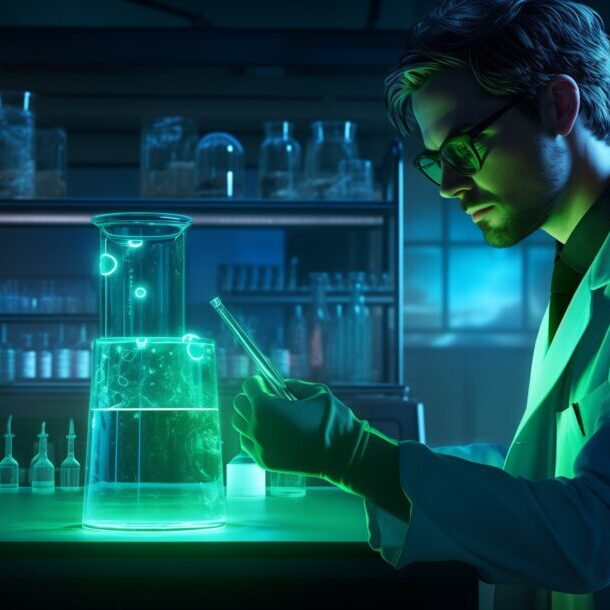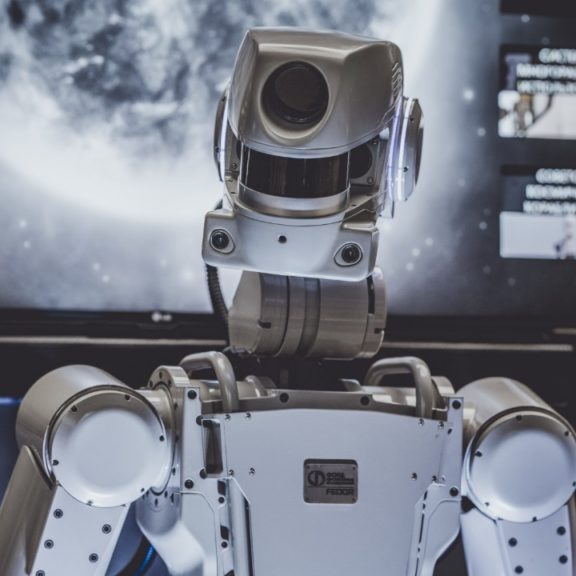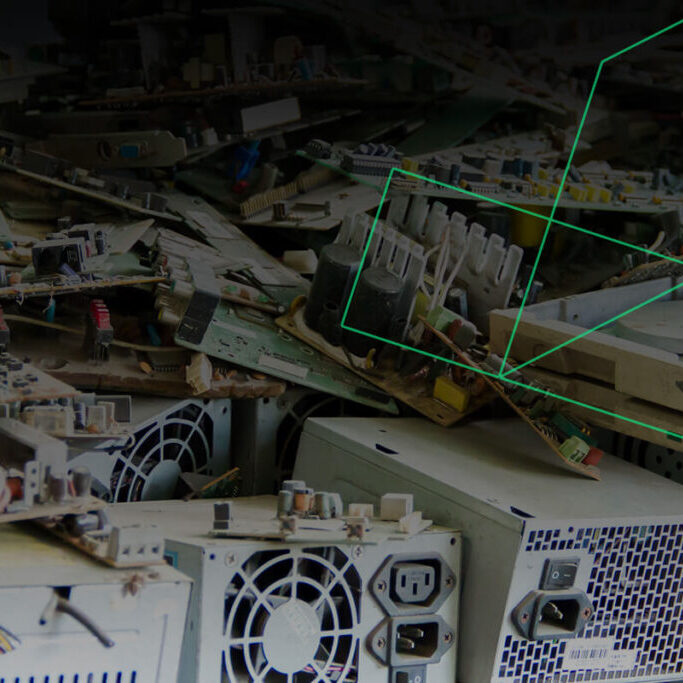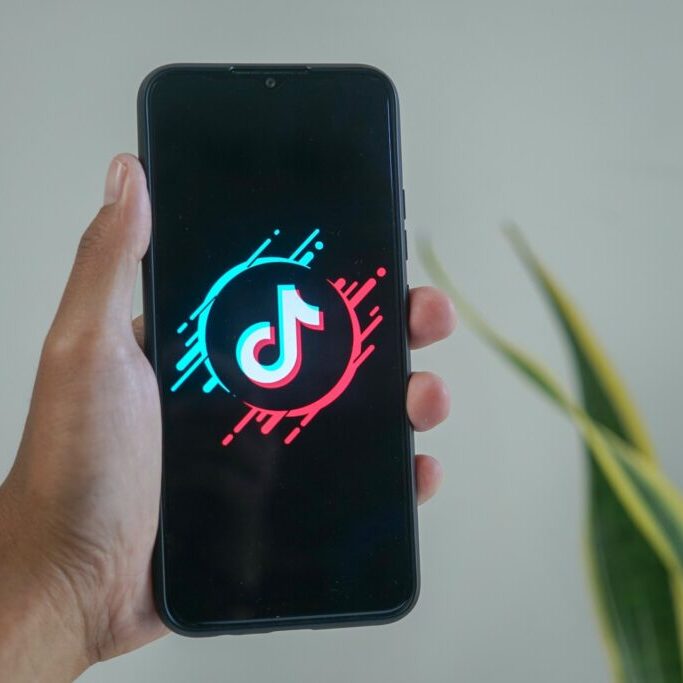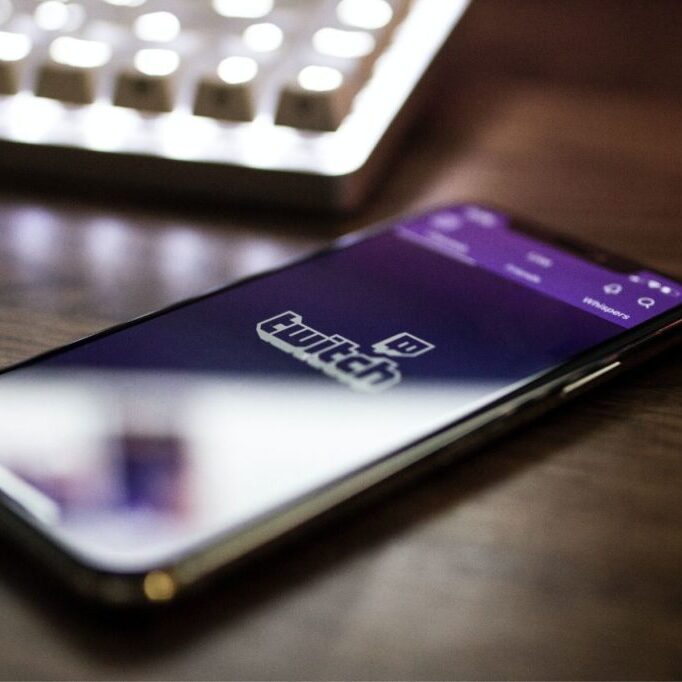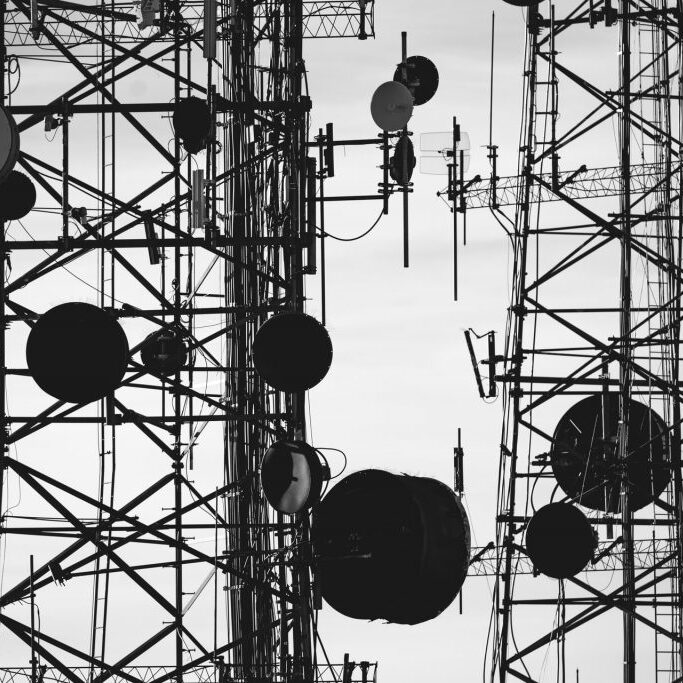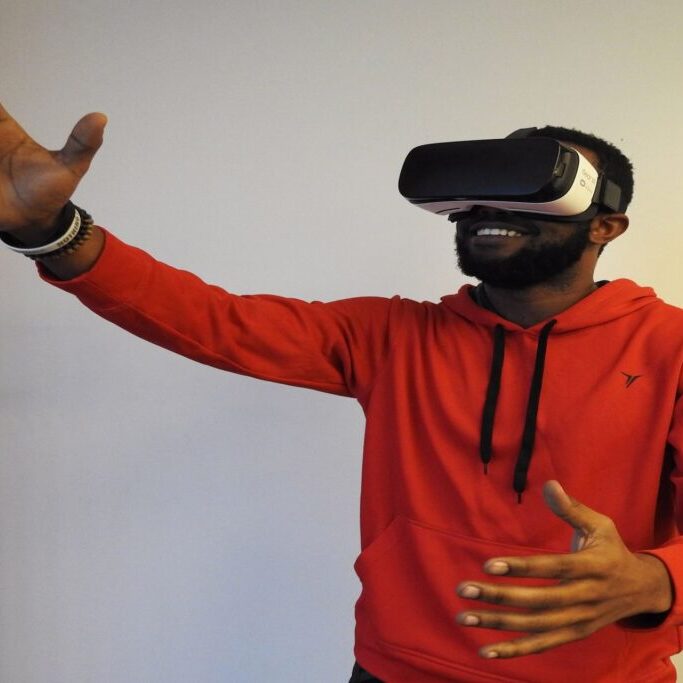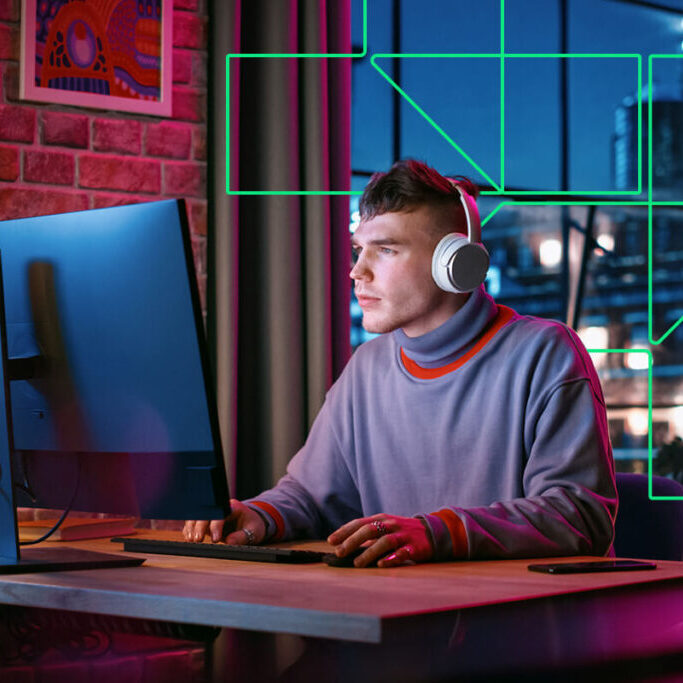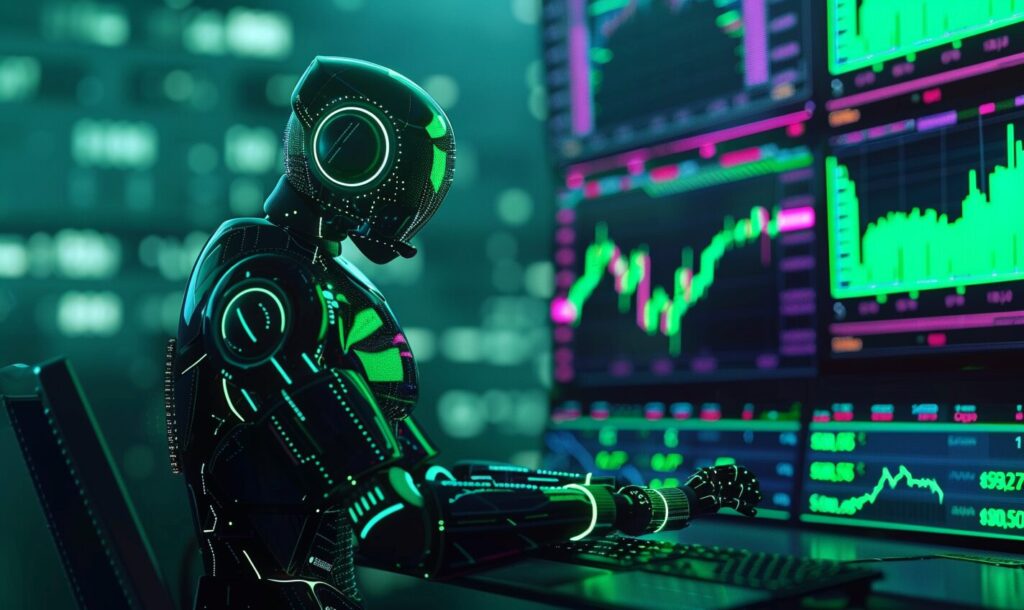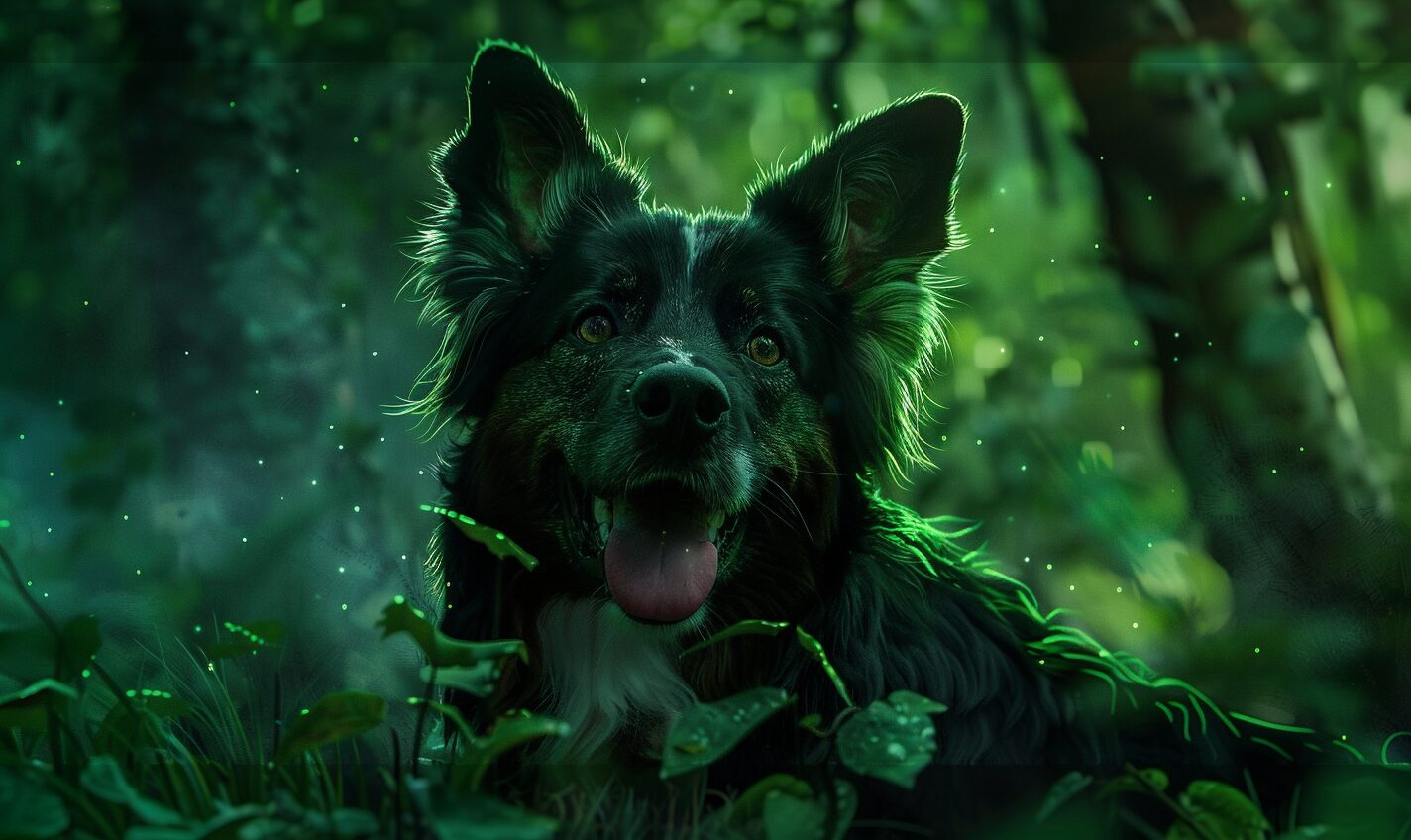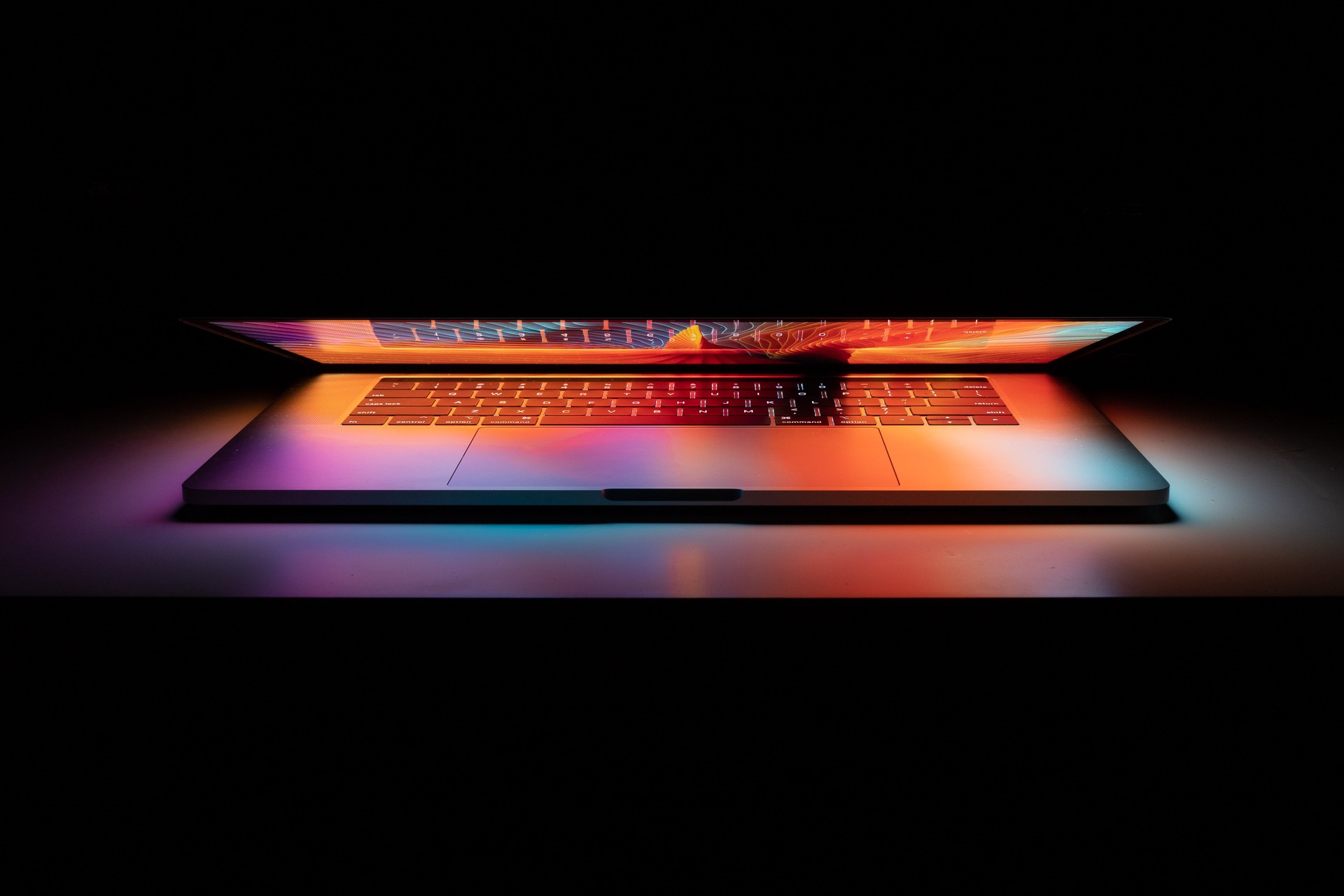We’ve seen technology progress at an unprecedented rate in recent years. So, how far have we come with the application of robotics and AI?
An Example of the Application of Robotics in AI
Cutting-edge robotics companies love to describe their newest robots with impressive language. In their advertising, these companies go to great lengths to demonstrate how these new robots aren’t just a new approach to the industrial application of robotics. Instead, they want us to think every new prototype can represent a massive step forward — the future of AI.
The developers of one humanoid robot named Sophia have described it as the world’s first “robot citizen” — an incredibly advanced robot that uses AI to listen, understand and respond to human speech. However, not all robot experts are so convinced. Some think, while Sophia is an intriguing achievement, it doesn’t represent the entire future of robotics. Are new robots like Sophia worth getting excited about?
Robotics Experts’ Opinions on AI-Powered Robots
Some people have touted Sophia as a first step in creating an intelligent robot — a rudimentary version of the robots we see in sci-fi films that understand human speech and make decisions for themselves. Many robotics experts, however, believe Sophia has more in common with lifelike automatons — mechanical devices designed to mimic human movements and speech.
Facebook’s head of AI called the bot a “puppet.” Robotics writer and computer scientist Noel Sharkey compared Sophia to Elektro, a 1930s robot that could smoke cigarettes, walk when asked and speak more than 700 words. Elektro responded to voice commands, but no one would say the robot understood what people asked it to do.
As impressive as Sophia’s communication skills may be, there’s no real evidence to suggest it isn’t just a highly advanced animatronic cycling through a handful of preset phrases and gestures based on detected voice commands.
David Hanson, Sophia’s creator, is a former Disney Imagineer with no real background in AI. Some newspapers have also noted a connection between Hanson’s Ph.D. thesis — about designing a robot that looks and seems human — and Sophia.
Hanson himself has even cautioned that AI is in its “infancy.” Ben Goertzel, chief scientist at Hanson’s company, said the technology behind Sophia is more like a “software platform” than a human-like artificial intelligence.
What the Application of Robotics in AI Will Become
Sophia is effective at capturing the public’s imagination, but also frustrating for AI and robotics experts who find PR hype can sometimes interfere with their ability to communicate less flashy advancements. Robots like Sophia, if not correctly described, can confuse people and lead them to believe that AI is much more advanced than it is right now.
While human-like AI is almost certainly a way off, there are still significant developments happening in AI right now. These breakthroughs will probably give people outside the industry a better sense of where AI and robotics are heading soon.
Collaborative robots, which use AI image recognition and navigation software, are becoming common sights on factory floors. There, these robots are working alongside human workers, scanning finished goods as they roll along a conveyor belt or picking up faraway goods in a large warehouse. Currently, these cobots are some of the most popular new kinds of robots because of their adaptability.
Complex networks of data-collection devices will continue to become increasingly integral and enable new, data-driven management styles — like smart grids, smart factories and smart cities. The people who run these grids, cities and factories will use huge data pools to optimize everything from electricity production to traffic signal timing.
Robotics experts haven’t entirely written off Sophia, either — even if they think the robot is a puppet, it’s a highly advanced one. The actual value of Sophia may lie more in demonstrating innovation in a few different areas — like speech synthesis and material design — that have posed significant challenges for designers in the past rather than the application of robotics in more intelligent ways.
Looking Toward the Future of Robotics Applications
While the AI and robotics industries have made several impressive leaps in the past few years, not every new prototype is a breakthrough. Sophia the robot, while interesting, probably doesn’t represent the next step forward for robotics or AI.
Instead, other developments — like cobots and data-driven smart factories — are more likely to drive forward new developments in AI. In the years to come, it is more likely people will use AI for its ability to analyze complex data quickly, rather than to recreate the way humans think.
Recent Stories
Follow Us On
Get the latest tech stories and news in seconds!
Sign up for our newsletter below to receive updates about technology trends

